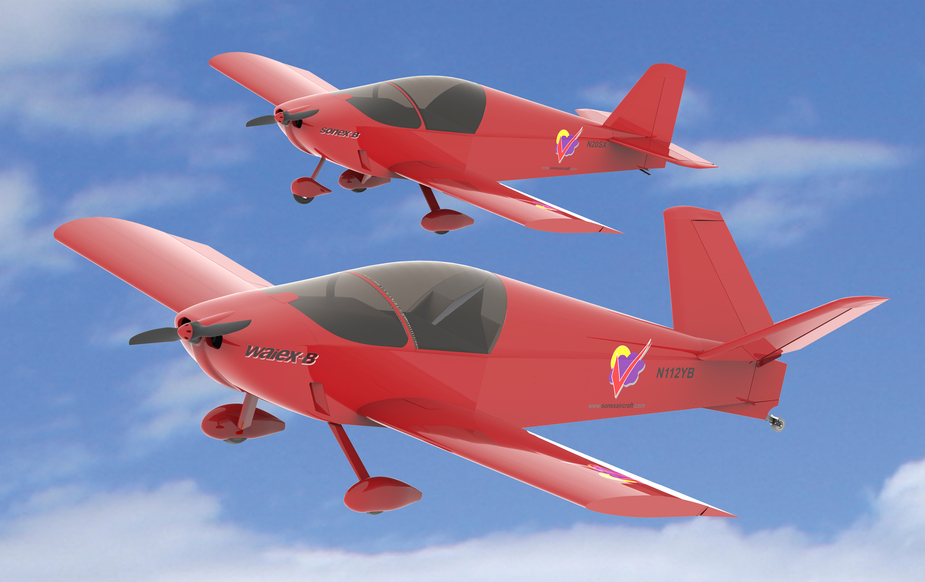Ibra wrote:
Fouga CM.170 Magister is just beautiful, I was told one of the easiest jets to fly !
And one of the noisiest
Perhaps the reason why a V tail doesn’t hugely degrade yaw stability is because the two parts of it are made quite long.
That may also be why it doesn’t give you a lot more speed. Ordinarily, getting rid off such a huge protrusion should made a huge difference. After all, a few antennae cost a few kt.
When Bellanca switched from three vertical tail surfaces to one, they combined the area of three to size the new single fin. That’s why the Viking has such a giant vertical tail surface and so much yaw stability. It was apparently too much area for a single surface.
The projected vertical area of a V-tail based on simple principles would likewise need to be the same as for a single fin, but reality is different. I’m no expert but going by the Bellanca example I think the area needs to be a little bigger to achieve the same effect when split into two surfaces. However for the tail as a whole, the intersection drag of two surfaces may be less than three. Which effect wins would be in the details.
Why are aircraft rear fuselages so often round, and slim?
The Jodel DR1050 has a flat side, and no vertical stabilizer.
John Monnett (Sonex Aircraft) is very found of V tails in almost all his designs. The Sonex and the Waiex are identical except the tail. According to him, it’s just looks. They have identical performance, identical characteristics.

Really?
Yes, the 1050 has no vertical stabiliser, only a rudder. You can see it pretty well in the picture on Wikipedia.
There are some more planes with V-Tails:
My Ka-1

The Ka-3

SB-5

H101 Salto

Antonov A-15

SF-50:

The thought is reducing interference drag, but the effect is mostly neglible. With the SF50 it is a matter of moving the tail out of the jet stream, but as the T-tail in the Arrow IV, nowerdays it’s mostly fashion.
Maoraigh wrote:
The Jodel DR1050 has a flat side, and no vertical stabilizer.
The Mooney M20 has no vertical/horizonal stabiliser just a big “trim” 
Yes, the F33A short Bonanza with normal tail needs the yaw damper as well. The rear seat passengers noted it when I turned it off – I didn’t notice anything.
That is in line with comments above. Still, wikipedia says that “V-tailed aircraft require longer rear fuselages than aircraft with conventional empennages to prevent yawing. (citation needed [sic])”
What amazes me is that V-tails flies the same and performs the same (or slightly better). I would have expected different stall behaviour also but have not read anything about that. I guess it is impossible to have a stall condition with all of the tail/ruddervators in the wake of the stalled wing, as some of it will always be in the undisturbed air above and/or below the wake and maintain effectiveness.
I read somewhere that while skin drag is the same (same total wetted tail area as a normal 3-surface tail), the speed advantage comes from slightly lower interference drag due to fewer joins between the surfaces and the empennage.